How to Identify Real Gold, Silver, and Platinum: A Complete Guide
Introduction:
In a world filled with imitation jewelry and counterfeit metals, it’s more important than ever to know how to distinguish real gold, silver, and platinum from fake alternatives. Whether you’re a jewelry enthusiast, buyer, or seller, understanding how to identify authentic precious metals can save you from costly mistakes and ensure you’re investing in genuine pieces.
In this detailed guide, we'll walk you through proven methods to test and verify real gold, silver, and platinum—right from home or with professional help.

Why Identifying Real Precious Metals Matters
Fake jewelry is common in the market, and even experienced buyers can be fooled by clever imitations. Beyond the monetary value, wearing metals that aren’t genuine could cause allergic reactions or tarnish easily. Knowing how to tell the difference ensures peace of mind, better investments, and long-lasting beauty in your collection.
How to Identify Real Gold
Gold is one of the most counterfeited metals in the jewelry industry. Here's how to tell if what you have is the real deal:

1. Check for Hallmarks and Stamps
Look for stamps such as:
-
24K, 22K, 18K, 14K, or 10K – these indicate the purity of gold.
-
"GP" or "GEP" means the piece is gold-plated, not solid gold.
-
"GF" stands for gold-filled, a thicker coating but still not pure.
Tip: Use a magnifying glass to inspect tiny hallmarks inside rings, on clasps, or the back of pendants.
2. Magnet Test
Gold is not magnetic. Hold a strong magnet to your piece:
-
If it sticks – it’s not real gold.
-
If it doesn’t – it might be real, but further testing is required.
3. Float Test
Drop the item into a cup of water:
-
Real gold sinks immediately.
-
Fake gold may float or take longer to sink.
4. Skin Reaction Test
Rub the gold on your skin or wear it:
-
Real gold won’t discolor your skin.
-
If your skin turns green or black, the piece likely contains other metals or is plated.
5. Acid Testing (Advanced)
A gold testing kit uses nitric acid to determine purity levels. This method should be used carefully or handled by professionals.
How to Identify Real Silver
Sterling silver is another metal often imitated. Here’s how to identify it:
1. Look for Hallmarks
Genuine silver jewelry is usually stamped with:
-
925 (92.5% silver)
-
Sterling
-
Ster
-
S925
Avoid pieces marked “silver-plated” — these are not solid silver.
2. Tarnish Test
Unlike fake metals, real silver tarnishes over time and may develop a black or greenish layer, which can be cleaned off. Fake silver often retains an unnatural shine or peels.
3. Magnet Test
Silver is not magnetic. Use a strong magnet — no reaction means it might be real.
4. Ice Cube Test
Silver has high thermal conductivity. Place an ice cube on the surface:
-
If it melts quickly, the piece is likely real silver.
-
Slow melting means it's probably fake.
5. Smell Test
Real silver does not have a smell. If your piece smells metallic or like copper, it’s likely not pure.
How to Identify Real Platinum
Platinum is rarer and more valuable than gold, but also heavier and more durable. It’s often confused with white gold or silver.

1. Check for Hallmarks
Platinum pieces are typically marked with:
-
PLAT, PT, or 950
-
Look for stamps like “PT950” or “PLATINUM” (indicating 95% purity)
If it says “PLATED” or “PT950 GP,” it's only plated with platinum.
2. Weight Test
Platinum is heavier than gold or silver. If you have similar-sized rings, the platinum one will feel denser.
3. Color and Luster
Platinum has a naturally white-grayish sheen and doesn’t fade over time. Unlike white gold, it doesn’t require re-plating.
4. Scratch Test
Platinum scratches differently—rather than losing metal, it displaces it. These fine scratches form a patina over time, which is a sign of authenticity and aging.
5. Magnet & Acid Test
Like gold and silver, platinum is not magnetic. Professional acid tests can verify platinum content.
When to Get a Professional Appraisal
If you're unsure after basic testing, it’s always best to:
-
Visit a certified jeweler or gemologist
-
Request a metal analysis or XRF (X-ray fluorescence) test
-
Get a written appraisal for insurance or resale purposes
Conclusion
Identifying real gold, silver, and platinum doesn’t have to be complicated. With the right tools and knowledge, you can protect yourself from scams and ensure you're investing in authentic, valuable jewelry. Always start with hallmark checks and simple at-home tests—and don’t hesitate to consult professionals for certainty.
FAQ
Q: How can I tell if gold is real without a test kit?
Check for hallmarks, do a magnet test, or perform the water float test as simple indicators.
Q: Is real silver magnetic?
No, genuine silver is not magnetic. If a piece sticks to a magnet, it’s likely not real.
Q: What stamp indicates platinum?
Look for "PT950," "PLAT," or "950" to verify authentic platinum jewelry.
Q: What’s better — white gold or platinum?
Platinum is more durable and hypoallergenic but also more expensive. White gold may need re-plating over time.

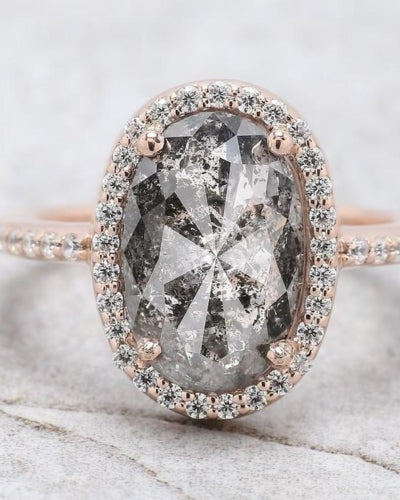
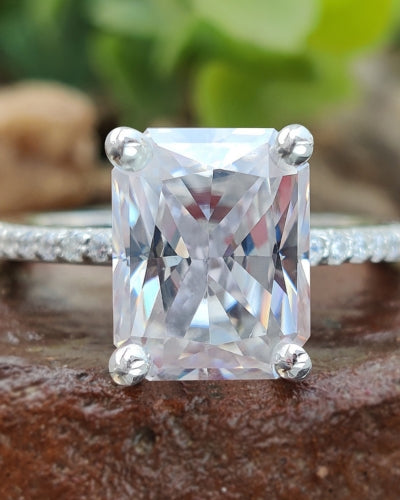
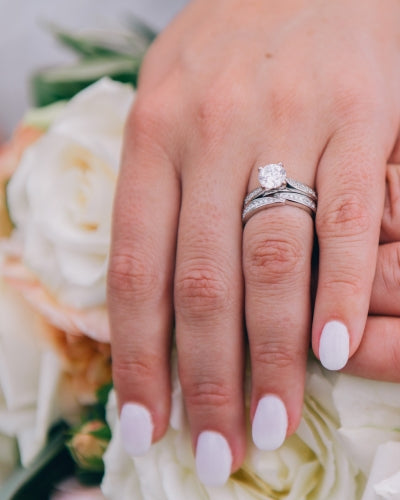
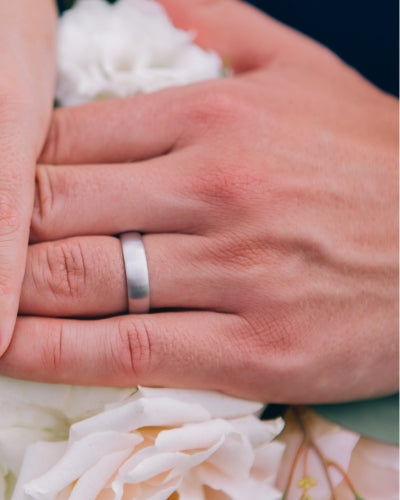
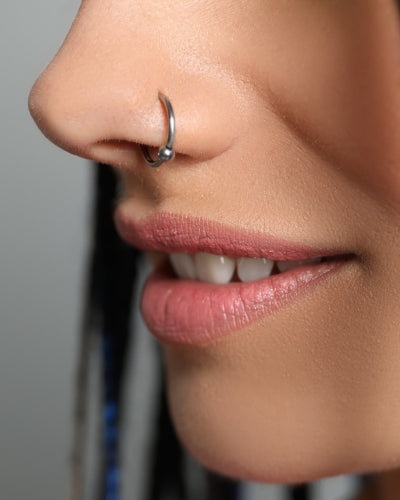
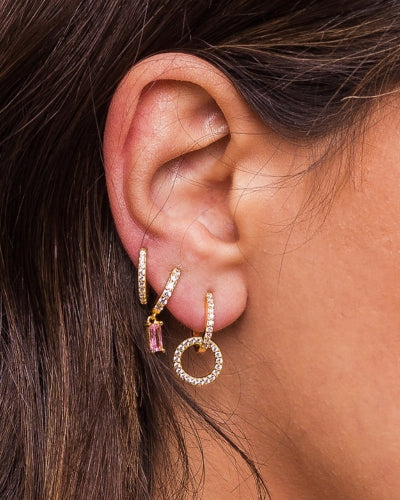
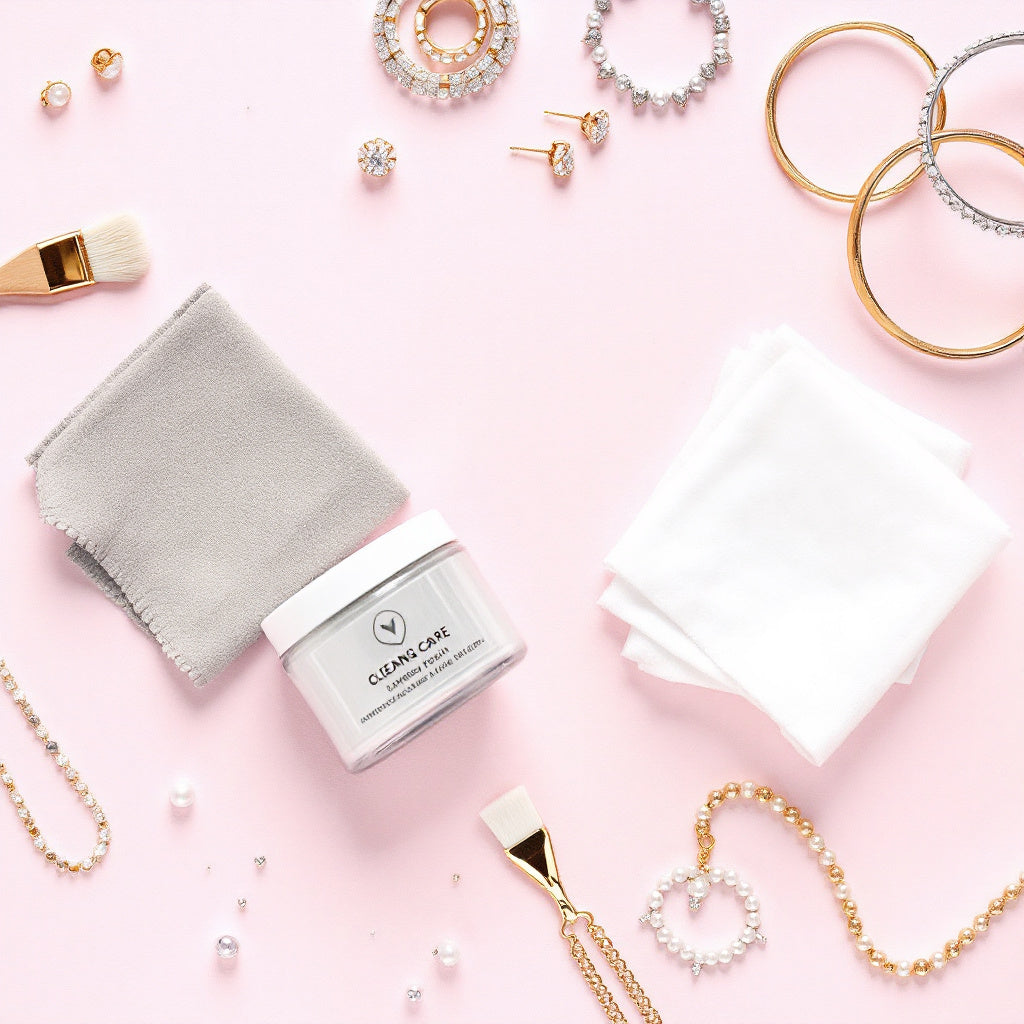
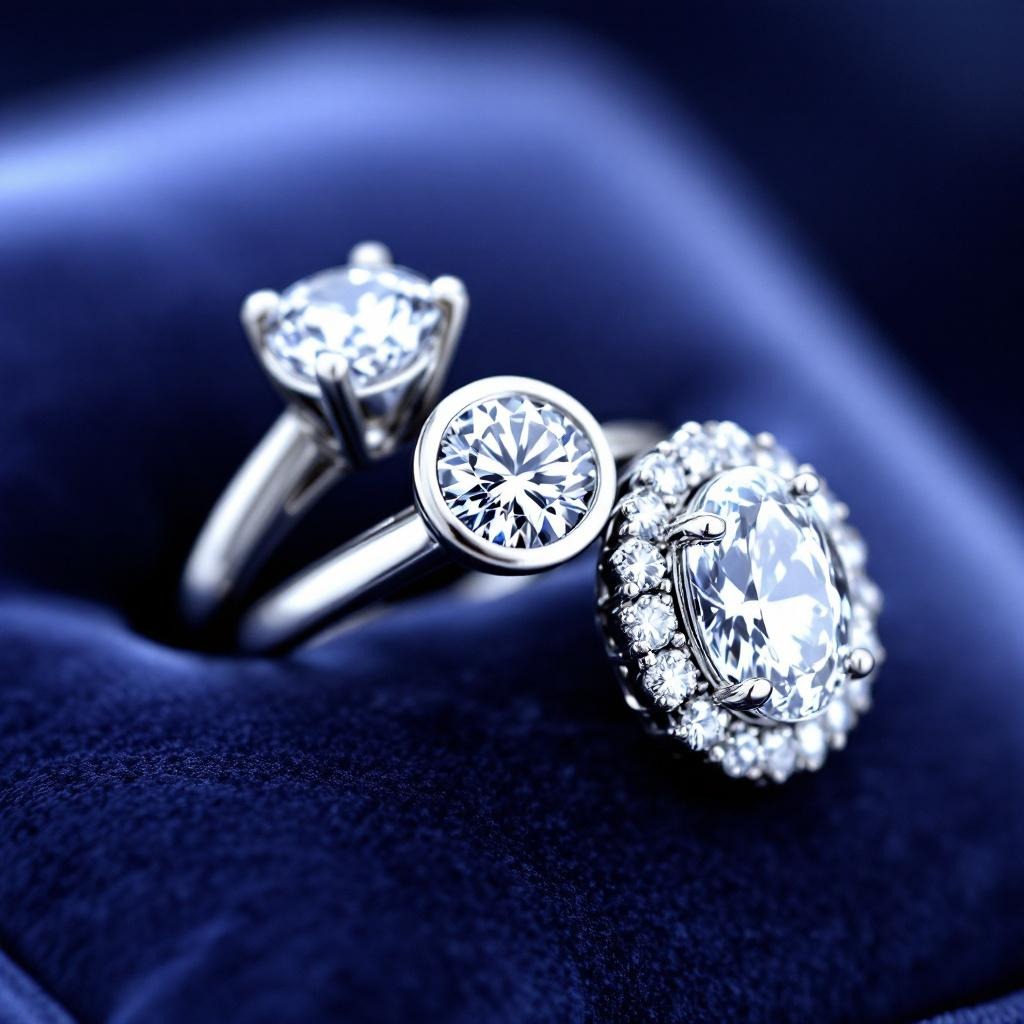
Leave a comment
This site is protected by hCaptcha and the hCaptcha Privacy Policy and Terms of Service apply.